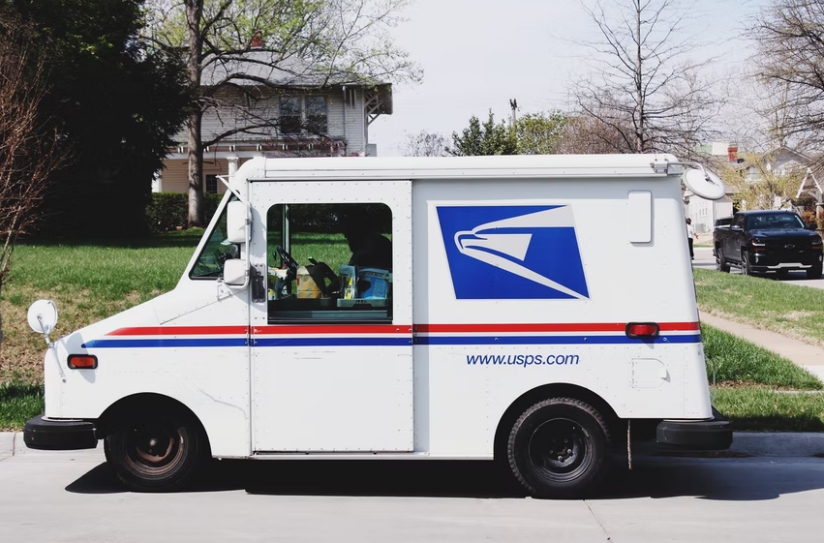What are Shipping Surcharges?
Shipping surcharges are typically charged by private carriers when you ship an item and come in a variety of different forms. A more simple explanation to shipping surcharge is that it’s a fee tacked onto your shipment due to certain factors like an oversized package or weekend delivery. These different factors can quickly add up and make your shipping costs a lot more expensive than necessary. So understanding the common types of surcharges can help you save money when you decide to ship something.
Common Shipping Surcharges
Major private carriers like UPS and Fedex often have similar shipping surcharges with these among the most common:
Fuel Surcharge: This type of surcharge is applied according to the market price of fuel. The price of oil is a major determinant in the pricing of fuel surcharges and can increase or decrease depending on current market conditions.
Residential Delivery Surcharges: A residential delivery surcharge is applied when a shipper sets their shipment destination in a residential area. Carriers determine which areas are residential according to their system.
Oversize Package Surcharge: These types of surcharges are for when shipments exceed the size or weight thresholds listed in the carrier’s policies. These policies vary from carrier to carrier and can change from time to time as well. Making sure packages are the appropriate weight and dimensions can contribute to major cost savings whenever you ship.
Saturday Surcharge: Weekend deliveries and pick-ups tend to be more expensive than their counterparts in the weekdays. There is a significant price hike for weekend deliveries and waiting for a weekday to ship can save a lot of money in the long run.
*United States Postal Service (USPS) does not apply fuel, residential delivery, nor Saturday surcharges to deliveries.
Less Common Shipping Surcharges
Signatures Surcharge: This surcharge is applied when you request the delivery’s recipient to sign for receipt of the package. These signatures can be adults, direct, or indirect depending on the your requested signature type. The cost for the types of signatures varies as well with adult signatures typically being the most expensive and indirect as the last expensive.
Address Correction Surcharge: When you have made a mistake in the delivery address of your shipment, an address correction surcharge may be applied to correct it. Double-checking the correct delivery address before sending out your package for delivery can be a great way to avoid this surcharge.
Delivery Area Surcharge: For more rural areas and areas outside of typical delivery zones, the delivery area surcharge may be applied. Each carrier has a delivery network and delivering outside of these networks tends to be more expensive, hence the need for an additional surcharge.
Declared Value Surcharge: This type of surcharge is applied for when your package contains items valued more than $100. This is due to the item exceeding the carrier’s liability limit.
What to do to avoid Shipping Surcharges?
If you’re looking to avoid these shipping surcharges, congratulations! You have taken the first and most important step to avoiding the surcharges, recognizing them. Knowing the common and some of the less common shipping surcharges goes a long way in helping you avoid inflating your shipping costs.
However, an easier method may be to contact a freight professional like a freight forwarder. These freight experts often have preferential rates with carriers and can help you ship products domestically and internationally at lower costs.



